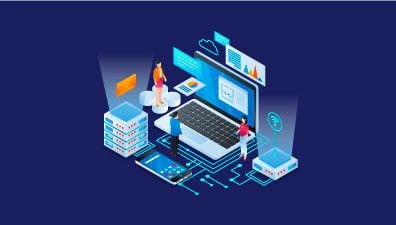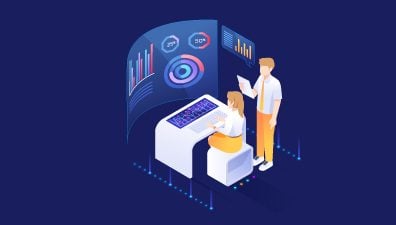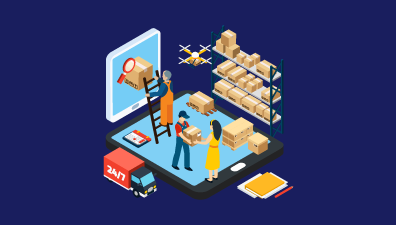Digital transformation in utilities is a critical issue for this industry. Utilities must find ways to adapt to changes in technology and consumer behavior in order to remain competitive. Many utilities are turning to digital technologies to improve customer service, increase efficiency, and reduce costs. However, implementing these technologies can be challenging. This blog post will explore the benefits of digital transformation in the utility industry and the trends that you will need for your business.
Table of Contents
What is Digital Transformation in Utilities?
In a rapidly digitizing world, utilities face increasing pressure to keep up with the latest technology trends. Digital transformation is the process of integrating digital technology into all aspects of a business, in order to improve efficiency and performance. For utilities, this means adopting advanced technologies such as smart meters, grid analytics, and distributed energy resources.

By doing so, utilities can not only improve their own operations, but also provide their customers with greater choice, transparency, and control over their energy use. In the end, digital transformation can help utilities create a more sustainable and equitable energy future.
In order to be considered a digital utility, an organization must have embarked on the journey and be well on its way to completing it. This means that the utility must have adopted new technologies, such as cloud computing, artificial intelligence (AI), and the Internet of Things (IoT), and by using them to drive real business outcomes. Digital utilities are also data-driven, using data analytics to improve decision-making across the organization.
Benefits of Digital Transformation in Utilities
Let’s see the main benefits of digital transformation that offers for the utility industry:
Enhanced Customer Experience
As utilities move towards digital transformation, enhancing customer experience is a key goal. By digitizing processes and using data to personalize interactions, utilities can provide a better overall experience for their customers. In addition, digital channels such as online portals and mobile apps make it easier for customers to access information and transact with their utility. As a result, digital transformation can help utilities improve customer satisfaction and loyalty.
Improved Data Management
The process of digital transformation is essential for utilities that want to improve their data management. This is because it allows them to adopt new technologies that can streamline their operations and make it easier to collect and analyze data.
Increased Operational Efficiency
By digitizing their operations, utilities can increase efficiency, improve customer service, and drive down costs. For example, by automating meter reading and billing processes, utilities can reduce accounting and administrative expenses by up to 30%. Similarly, automating field operations can help utilities to reduce labor costs by as much as 50%. Ultimately, digital transformation can help utilities to increase operational efficiency and improve bottom-line performance.
Improved Decision Making
The digital transformation in utilities is improving decision-making, providing them with the ability to see and act upon data in ways that were not possible before. By digitizing data and information, utilities can make it easier to access and analyze. This can help improve the accuracy of decisions and improve overall efficiency.
Enhanced Security
Enhancing security in utilities is one of the most important goals of digital transformation. In utilities, there are many potential security risks that can jeopardize the safety and well-being of both customers and employees.
By digitizing operations and upgrading security features, utilities can mitigate these risks and create a more secure environment for everyone involved. One way that digital transformation can enhance security in utilities is by providing real-time data monitoring. This allows utility companies to quickly identify unusual or suspicious activity and take appropriate action to investigate and resolve the issue.
Increased Sustainability
There are many ways in which digital transformation can increase sustainability in utilities. For example, by automating energy-intensive processes, digitizing customer interactions, and improving asset management through the use of data and analytics. Automation can help to reduce energy consumption, while digitization can improve customer engagement and enable two-way communication that can help to identify issues and solve problems more quickly.

Finally, data and analytics can be used to optimize asset management and improve operational efficiency. As a result, digital transformation can help utilities become more sustainable organizations.
Detailed Case Study in Digital Transformation Utilities
Leakster offers Pipeline Condition Monitoring

Leakster is an Australian startup that has developed a new way to monitor the condition of pipelines without needing to shut off the water supply. The company’s ACTIVE sensor is fitted onto a pipe and sends data to the cloud, where Leakster’s software platform uses artificial intelligence-based algorithms to identify leaks, pressure variations, blockages, and velocity. This allows water utility companies to make informed asset management and maintenance decisions. Leakster’s technology has the potential to save water utilities millions of dollars by reducing the need for extensive and expensive repairs.
Florida Power and Light succeed in smart grid
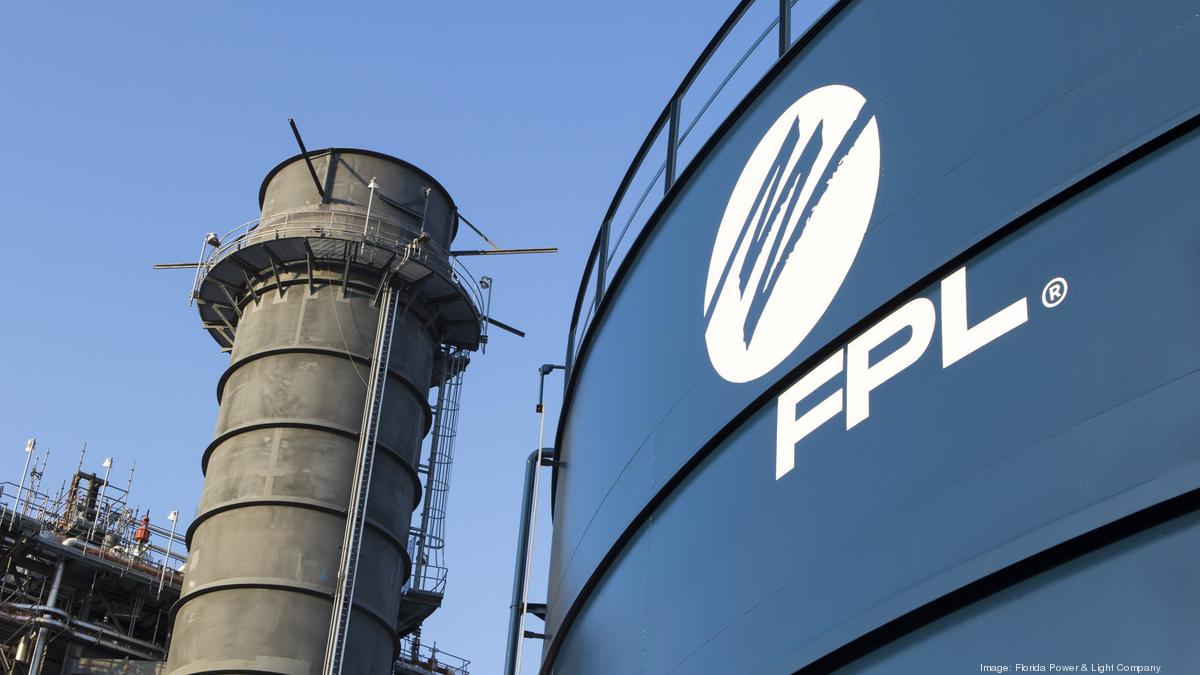
In 2009, Florida Power and Light (FPL) embarked on an ambitious plan to upgrade its electricity grid. The goal was to create a “smart grid” that would be more efficient, reliable, and resilient.
The project involved installing over 4 million smart meters, which communicate wirelessly with the utility. The project also involved upgrades to the grid infrastructure, including new substations and switching equipment. The end result was a grid that was better able to meet customer demand and withstand severe weather events.
IBM Weather Company offers Wind360
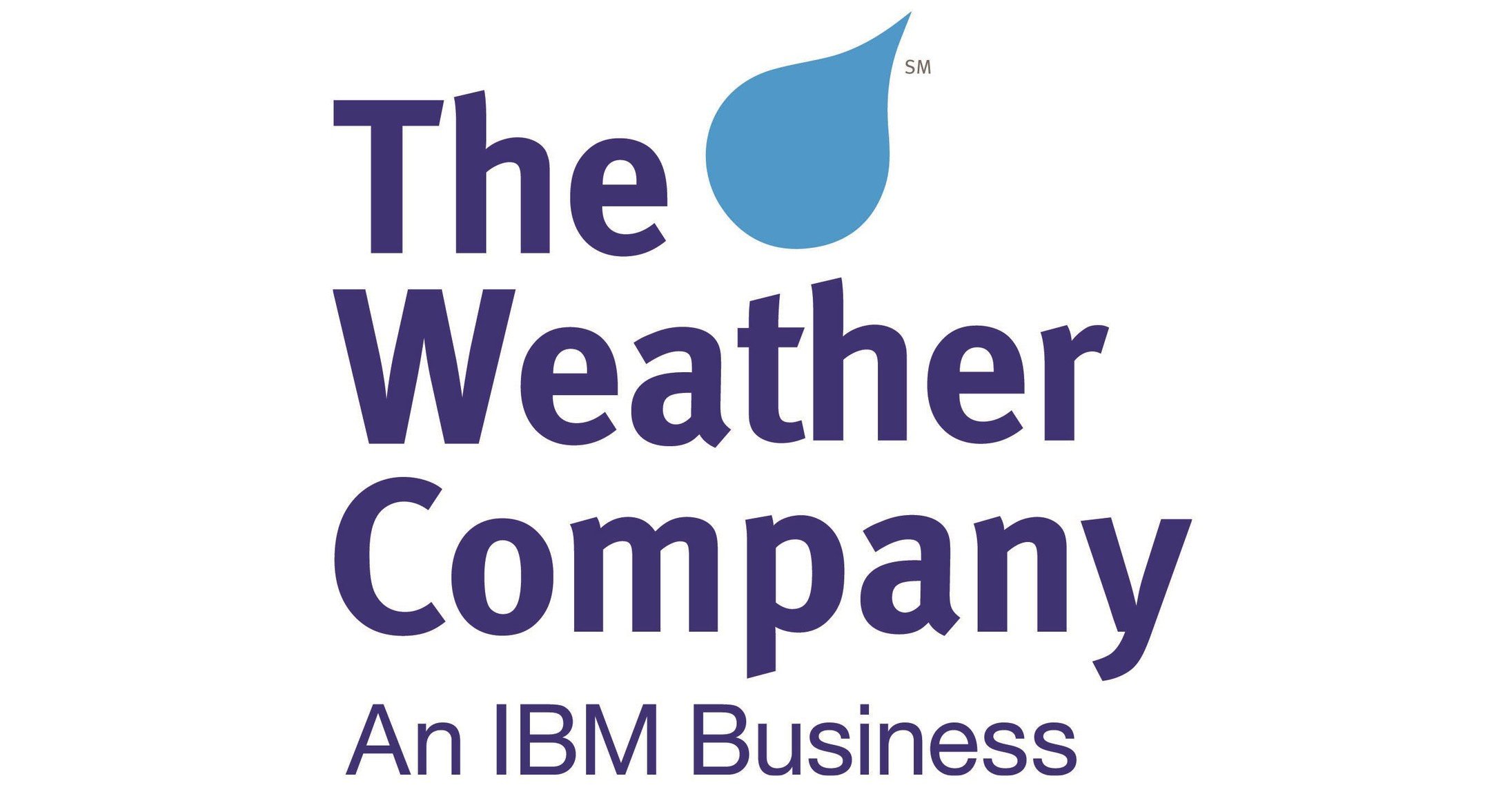
The IBM Weather Company has long been a leader in providing accurate and actionable weather data. Now, with the launch of Wind360, they are taking their services to the next level.
Wind360 is a new tool that provides real-time data on wind speed and direction for any location in the world. This data can be used by businesses to make better decisions about operations, traffic management, and more. With Wind360, the IBM Weather Company is once again demonstrating its commitment to helping people make sense of the weather.
Top Digital Transformation Trends in Utilities
The benefits of digital transformation in utilities are clear, and there are some trends that will continue to gain momentum in the industry in the years ahead. These trends are already starting to have a significant impact on the way that utility companies operate, and it is expected to continue to do so in the future.

Edge computing
In recent years, there has been a growing trend toward edge computing in the utility industry. Edge computing is a type of computing where data is processed locally rather than in a centralized location. As the utility industry becomes increasingly digitalized, it is likely that edge computing will play an increasingly important role.
There are numerous benefits for utility companies, including reducing latency, saving on bandwidth costs, and improving security. In addition, edge computing can help to improve customer service by providing real-time data and analytics.
Digital twins
A digital twin is a digital replica of a physical object or system. It captures data from the physical object or system and uses that data to create a realistic model of how the object or system behaves. This model can be used to simulate different scenarios, test new designs, and optimize performance.
The utility industry is beginning to adopt digital twins as a way to digitally transform its operations. By using digital twins, utilities can reduce downtime, improve efficiency, and better manage asset risk. The use of digital twins is still in its early stages in the utility industry, but it is already starting to have a major impact on how utilities operate.
Digital security
Digital security is a critical concern for utilities as they transition to digital operations. Hackers are increasingly targeting utility systems in an effort to disrupt services or steal sensitive data. As a result, utilities must take steps to secure their digital systems against cyberattacks.
One way to do this is to implement strong authentication measures, such as two-factor authentication, to make it more difficult for hackers to gain access to systems. In addition, utilities can encrypt data and limit access to only those who need it. By taking these measures, utilities can protect their systems and ensure that they can continue to provide safe and reliable service to their customers.
Customer experience
Utility companies are increasingly turning to digital technologies to better engage with customers and provide them with the services they need. One of the most notable examples of this trend is the use of smart meters.
Smart meters allow customers to track their energy usage in real-time and receive customized alerts when their usage spikes. This information can help customers to make informed decisions about their energy consumption and save money on their bills. Additionally, smart meters provide utilities with valuable data that can be used to improve service delivery and operational efficiency.
To conclude
The digital transformation in utilities is inevitable. It is important for companies in this industry to not only understand what it means but also be prepared for the changes that come with it.
At Magenest, we are experts in helping businesses undergo digital transformations and would be happy to discuss how we can help you prepare for the future of utilities. Don’t hesitate to contact us if you have any questions or want more information about our services.


